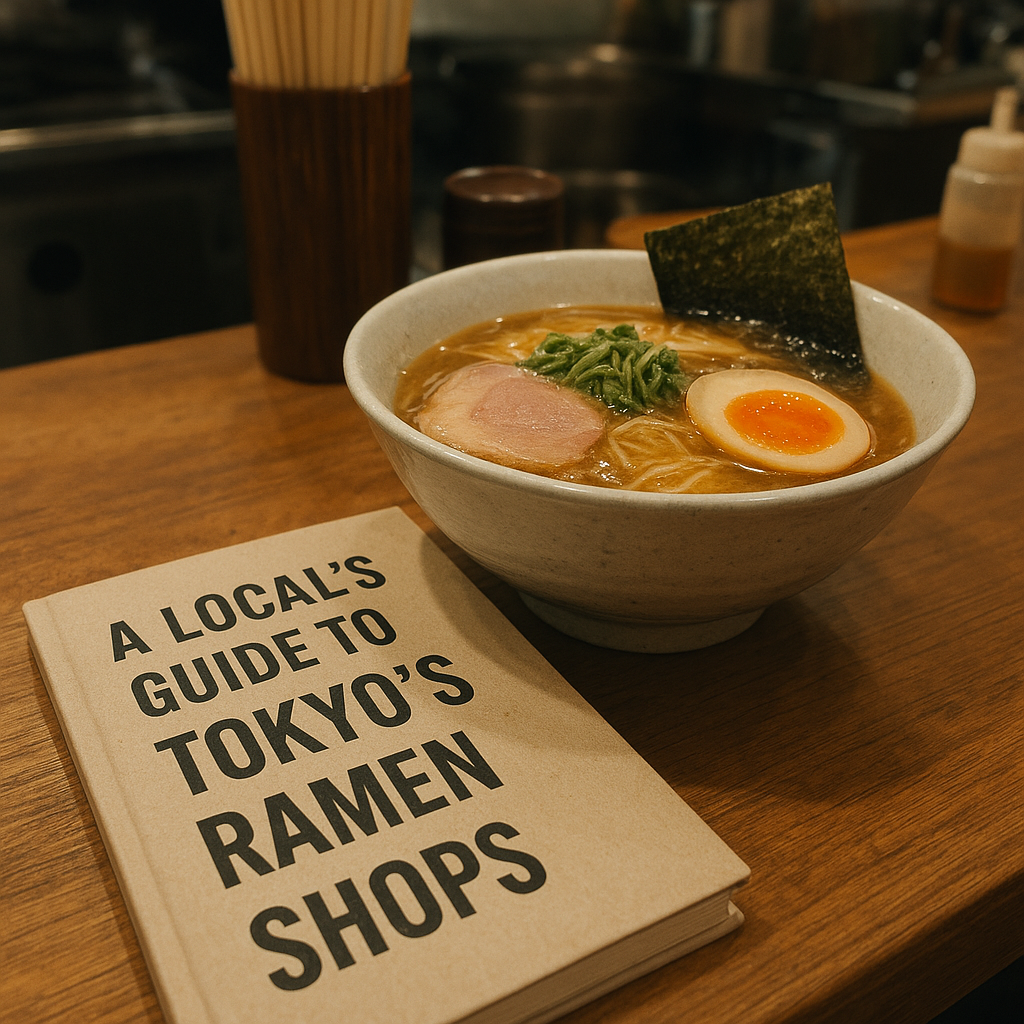Tokyo’s sushi scene stands as a testament to centuries of culinary refinement, where tradition meets innovation in a dazzling array of eateries. From long-standing counters run by legendary chefs to edgy modern venues reinventing the classic roll, the city offers an unrivaled gastronomic tour. Each visit promises a unique journey into the heart of Japanese cuisine, showcasing the incredible variety of fresh ingredients, the subtlety of regional styles, and the careful precision that has made Tokyo a global capital for sushi enthusiasts.
Iconic Sushi Districts of Tokyo
The very soul of Tokyo’s sushi culture can be found in its storied districts. Here, centuries-old shops rub shoulders with upscale counters, inviting both first-time visitors and seasoned gourmets to savor some of the world’s most exquisite bites.
- Tsukiji Outer Market: Though the inner wholesale market moved to Toyosu in 2018, Tsukiji’s outer lanes still buzz with energy. Countless stalls and small restaurants offer everything from uni (sea urchin) to tamago (sweet omelette), perfect for those seeking an informal experience.
- Ginza: Renowned for its glitzy boutiques, Ginza also hosts several high-end sushi counters. Here, the focus is on seasonal fish, elegant plating, and personalized service. Reservations are essential, especially for famed establishments like Sushi Jiro or Sushi Saito.
- Nihonbashi: This historic district blends traditional Edo-style sushi with contemporary interpretations. Chefs in Nihonbashi often highlight lesser-known fish species, celebrating both sustainability and local quality.
- Shinjuku Omoide Yokocho: For a lively, retro feel, wander through these narrow alleys lined with tiny stalls. Though mostly known for yakitori, you can find charming hole-in-the-wall sushi bars that specialize in quick, delicious nigiri.
Mastering the Art of Omakase
Among the most sought-after ways to enjoy sushi in Tokyo is through an omakase tasting. Translating to “I leave it up to you,” this style entrusts the chef to curate a multi-course menu, reflecting the day’s best catch and the chef’s personal flair.
What to Expect from an Omakase Meal
- Seasonal Progression: Each course follows a deliberate order, beginning with light white-fleshed fish and moving toward richer selections such as fatty tuna or unagi (freshwater eel).
- Chef’s Commentary: Expert chefs explain the origin, flavor profile, and preparation method for every piece, educating diners on the nuances of each fish.
- Precision Techniques: From perfect rice seasoning to the precise slice of the fillet, every detail reflects years of rigorous training under a sushi master.
- Ceramic and Lacquerware: Presentation plays a vital role. Netted plates, handcrafted bowls, and bamboo boards enhance both aesthetics and flavor perception.
Places like Sukiyabashi Jiro, Sushi Yoshitake, and Mizutani have earned Michelin stars by doubling down on this intimate style, seating no more than eight to ten guests at a time. Expect to pay a premium, but also to leave with a profound appreciation for how tradition and innovation intertwine in each bite.
Hidden Gems and Modern Twists
Beyond the famed establishments, Tokyo houses a vibrant scene of innovative chefs redefining sushi’s boundaries. These hidden gems cater to adventurous palates, offering creative combinations without compromising on the tradition that underpins the craft.
- Conveyor Belt Sushi (Kaiten-zushi): Chains such as Genki Sushi and Sushiro provide playful, high-tech dining with touchscreen ordering and speedy service. Look out for premium lines featuring fresh tuna and salmon sashimi options.
- Vegetarian and Vegan Sushi: For plant-based diners, spots like Brown Rice by Neals’ Yard Remedies serve imaginative rolls using yam tempura, avocado mousse, and marinated mushrooms.
- Fusion Outlets: Chefs fuse Latin, French, or even Scandinavian elements into their nigiri, pairing wagyu beef with truffle salt or topping seared aburi-style tuna with yuzu kosho.
- Secret Counters: Book through local concierges or specialized agencies to find tiny bars hidden above ramen shops, accessible only by a nondescript doorbell. These places often serve a rotating menu of rare seafood.
In neighborhoods like Nakameguro, Shimokitazawa, and Koenji, indie chefs experiment with rice alternatives such as black or red rice, crafting visually striking plates that taste as good as they look. These cutting-edge venues emphasize sustainability, sourcing from small-scale fisheries and organic farmers.
Preserving Tradition While Embracing Change
Tokyo’s sushi landscape thrives on a delicate balance of time-honored methods and forward-thinking creativity. Culinary schools and apprenticeships still uphold rigorous standards, ensuring each rising chef masters knife skills, rice washing, and fish selection. Simultaneously, the city’s dining culture welcomes global influences, driving chefs to pay homage to tradition while pushing boundaries.
- Seasonal Ingredients: Whether served at a centuries-old edomae-style counter or a minimalist minimalist pop-up, the hallmark of Tokyo sushi remains its reverence for the seasons. From spring’s baby squid to winter’s snow crab, menus shift accordingly.
- Craftsmanship: Beyond the plate, the wooden sushi geta (tray) and ceramic soy sauce dish contribute to a tactile experience that engages all senses.
- Etiquette: Formal dining rules—such as eating nigiri in one bite or dipping fish side down—remain vital to respect the chef’s work.
Whether you’re drawn by the storied legacy of landmark counters or the allure of underground innovators, Tokyo offers an endless pilgrimage for sushi lovers. Each district, each chef, and each course reveals another facet of an art form that thrives on the interplay of skill, passion, and an unwavering commitment to quality.












